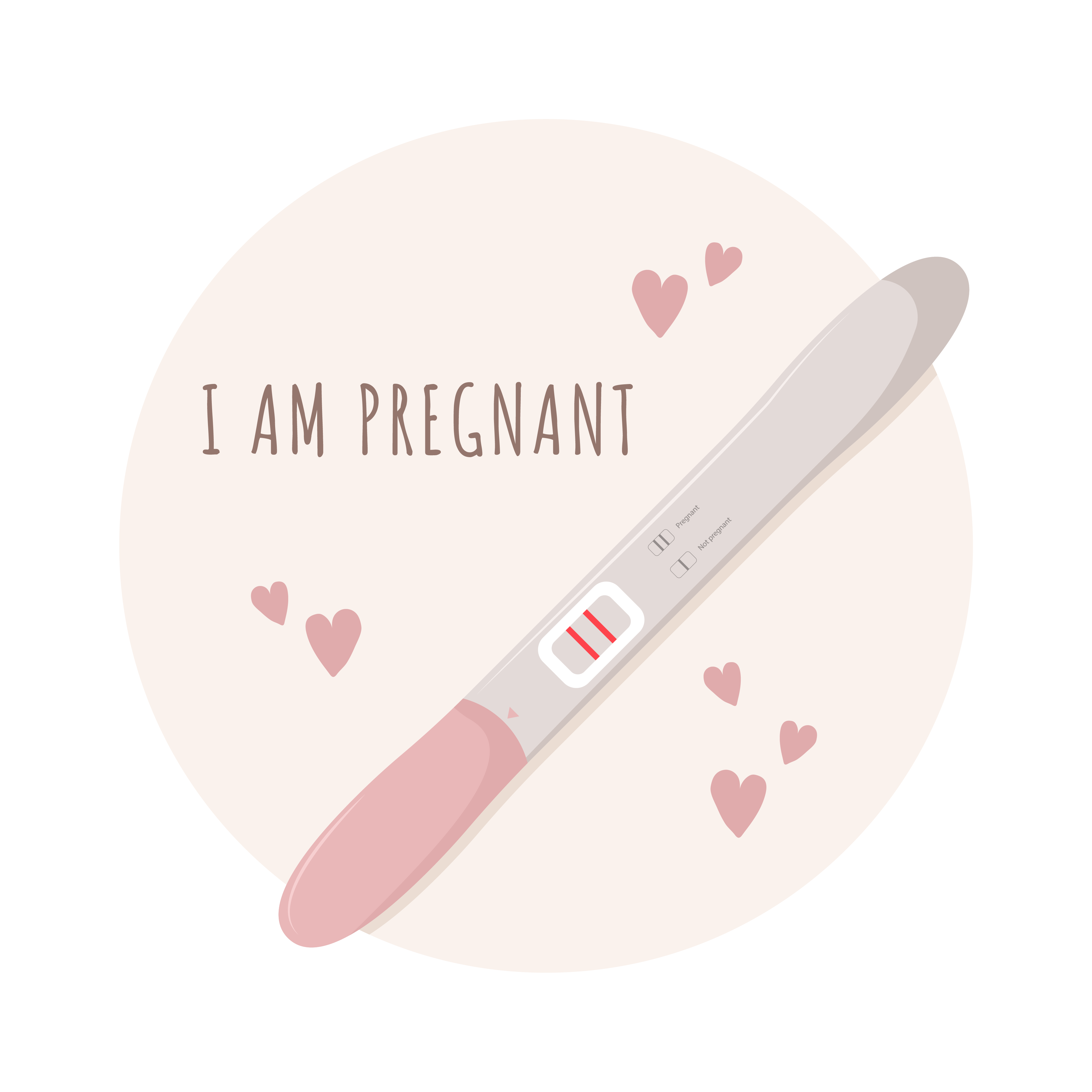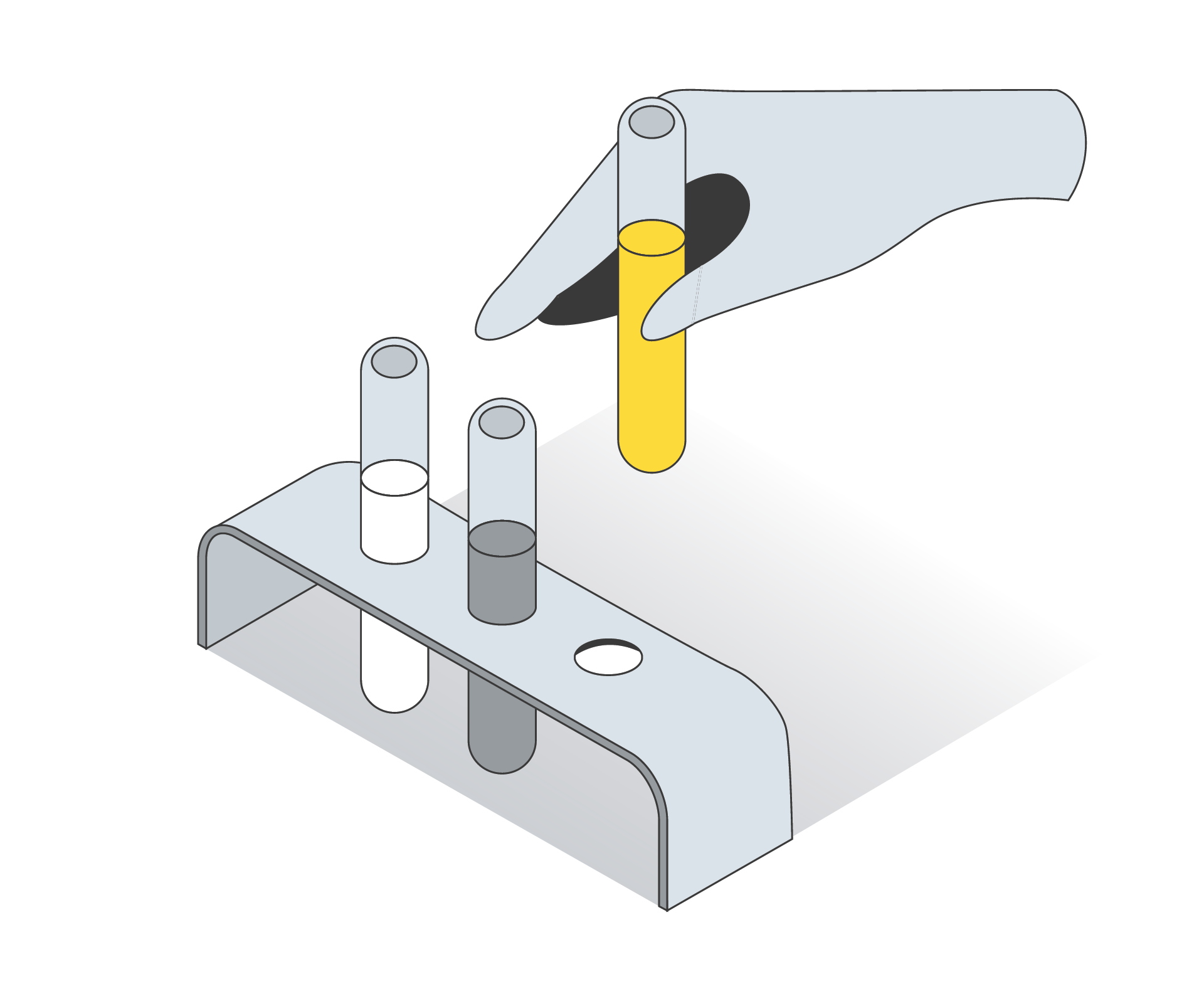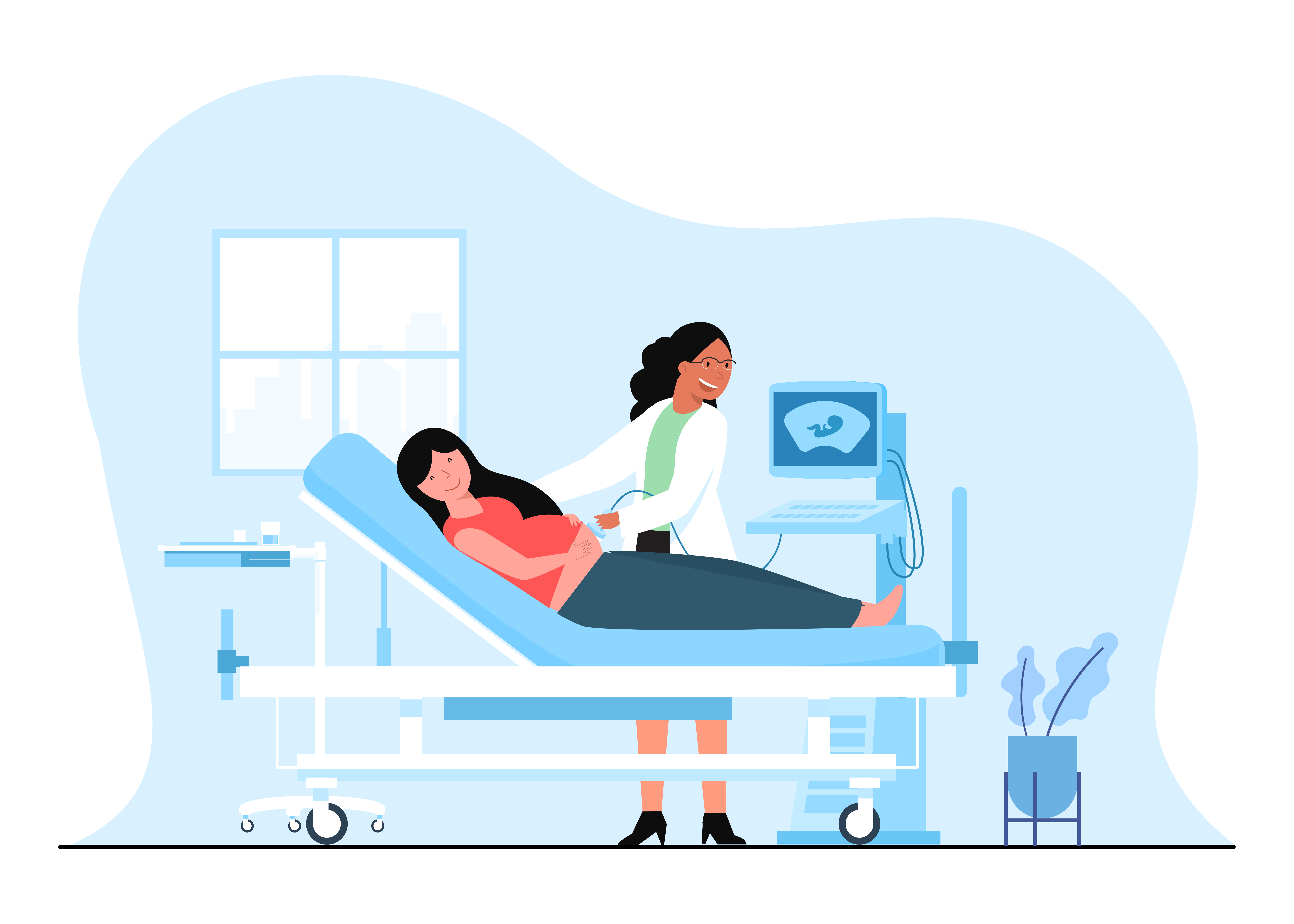Which tests should be done in the first 3 months of pregnancy?
Free beta-Hcg(Human chorionic gonadotrophin) and PAPP-A(pregnancy associated plasma protein A), together with USG and testing for diabetes are the recommended tests in the first three months of pregnancy.

When are the tests to be done?
The blood tests and Ultrasound reports are usually done at week 10 to 14 of the pregnancy.

How test is done?
The patient's blood sample is drawn using a needle. Ultrasound test is done with a registered radiologist, using an ultrasound probe. The ultrasound test is non-invasive and painless.
Who will interpret
Your gynecologist or obstetrician will interpret the test results alongwith your clinical history
What is checked in the Ultrasound ?
In the ultrasound, the NT thickness or nuchal transulency thickness is measured. It is a space between the back of the spine of the fetus and the skin. It is measured around the neck region.

Normal Range
The normal range 1.5 mm to 2.6 mm. The normal range may be different depending on the country and patient's ethnicity.
What is checked in the blood tests?
Increased or decreased values of free-Beta Hcg and/or PAPP-A are checked in the tests.
What is considered abnormal?
Decreased levels of PAPP-a are associated with Down's syndrome and trisomy 18. Increased level of Beta-hcg is associated with an increased risk of Down's syndrome. Nuchal translucency thickness is increased in Down Syndrome.
Down's Syndrome
In Down's syndrome patients have trisomy 21, which is the presence of 3 chromosomes at the position 21 instead of 2. Children born with this disorder have intellectual and other abnormalities.
Trisomy 18
In trisomy 18, patients have 3 chromosomes at the 18th position instead of 2. It is called Edward's syndrome and children born with this abnormality have very low life expectancy.




 By: Dr.Bhargav Raut
By: Dr.Bhargav Raut